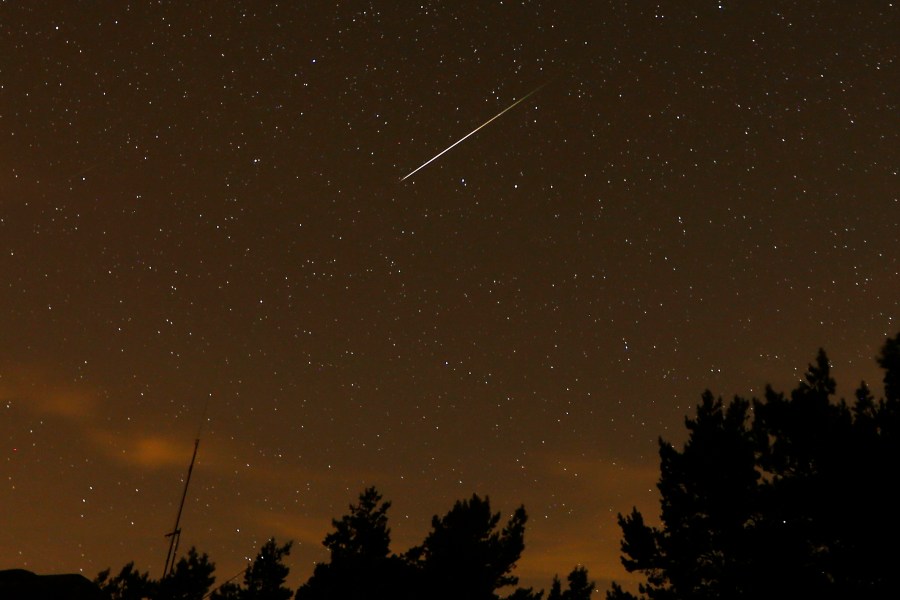The Perseid Meteor Shower Begins: A Spectacular Display in the Northern Sky
The Perseid Meteor Shower, one of the most anticipated celestial events of the year, has officially started in the northern hemisphere. This annual phenomenon offers a breathtaking view for stargazers, with large fireballs and long trails of light streaking across the night sky.
The shower began on Thursday night and will continue until August 23. Its peak is expected around August 12 and 13, making it the ideal time to witness this natural spectacle. NASA has labeled the Perseids as one of the best meteor showers of the year, with observers likely to see between 50 to 100 meteors per hour during its peak.
What Makes the Perseids Unique?
The Perseid Meteor Shower is particularly famous for its bright fireballs, which outshine even the planet Venus. These meteors travel at an astonishing speed of about 37 miles per second as they enter Earth’s atmosphere. As they burn up, they leave behind long, colorful trails that can last longer than typical meteor streaks.
These fireballs originate from larger particles of the 109P/Swift-Tuttle Comet, a celestial body discovered in 1862. This comet is twice the size of the one believed to have caused the extinction of the dinosaurs. The brightness of these meteors is measured at an apparent magnitude of -3, which is significantly brighter than other meteors.
For reference, the full moon has an apparent magnitude of about -10, while the sun measures at -26.7. This means the Perseids are among the brightest objects in the night sky.
Best Time to View the Perseid Meteor Shower
NASA recommends viewing the Perseids during the pre-dawn hours in the Northern Hemisphere. However, it is also possible to spot some meteors as early as 10 p.m. If you miss the peak, there’s still a chance to catch the shower in the nights leading up to and following the peak.
To make the most of your viewing experience, consider the following tips:
- Find a dark area with an open sky – Light pollution from cities and streetlights can significantly reduce visibility.
- No equipment is needed – The shower can be viewed with the naked eye, though binoculars can enhance the experience.
- Allow your eyes to adjust – Spend about 20 minutes in the dark to let your eyes adapt to the night sky.
- Use a red light – This helps preserve your night vision while allowing you to see your surroundings.
- Bring comfort and warmth – A comfortable seat and warm clothing can make your stargazing session more enjoyable.
- Use a stargazing resource or attend an event – These tools can help you identify constellations and other features in the night sky.
Whether you’re a seasoned astronomer or a casual observer, the Perseid Meteor Shower offers a unique opportunity to connect with the cosmos. With the right preparation and a clear sky, you can enjoy a stunning display of shooting stars that illuminate the night.







